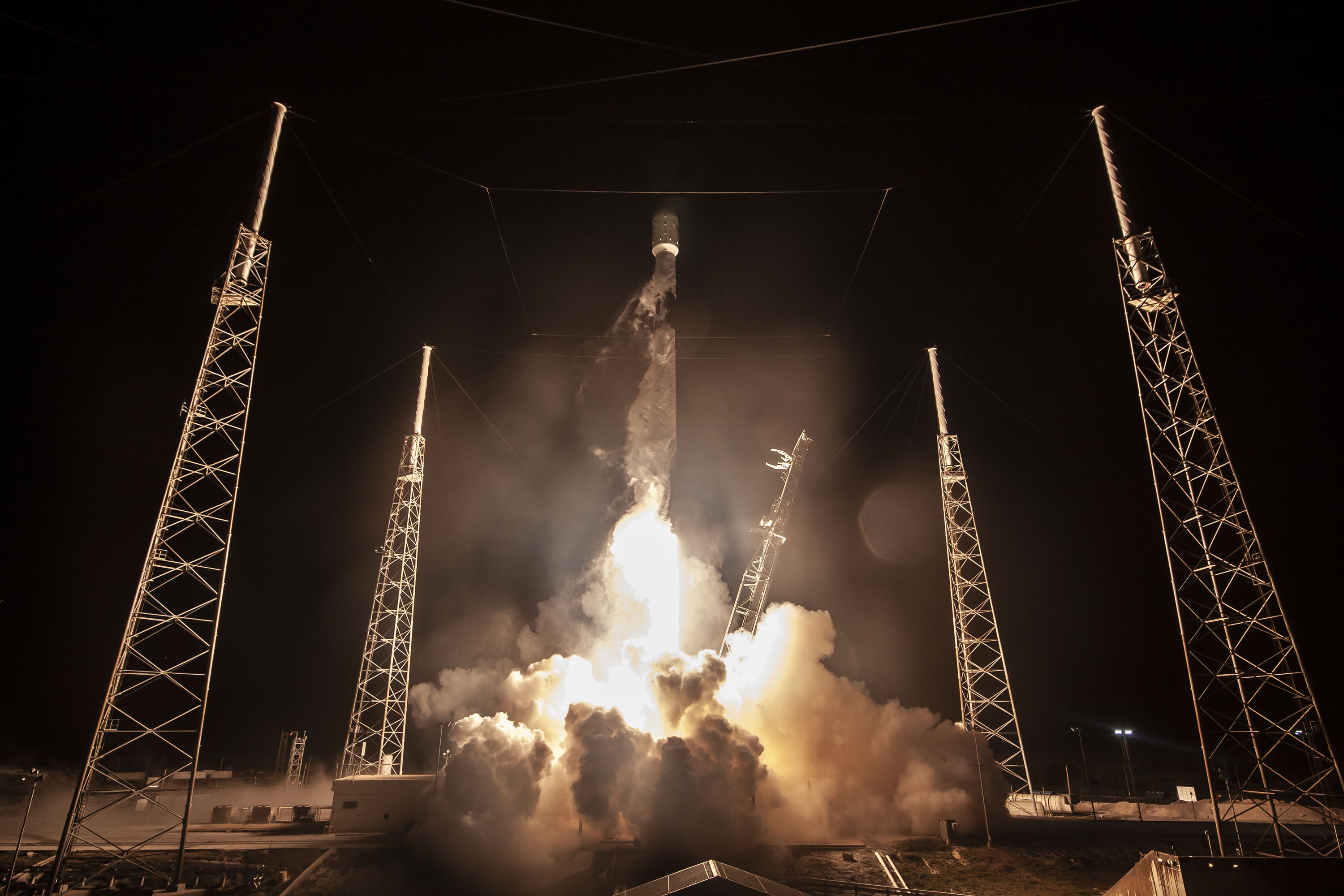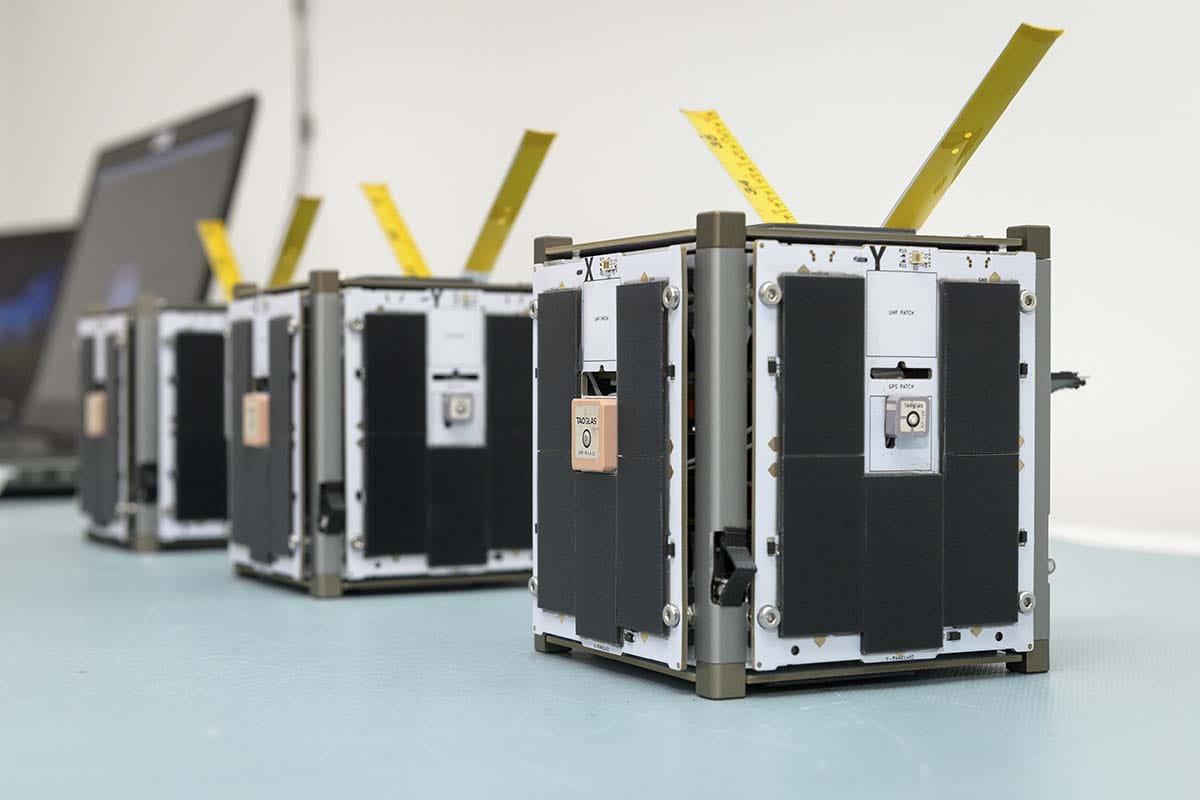
SpaceX has successfully launched its Falcon 9 rocket today with a record number of satellites on board. As a result, 143 satellites will be launched into orbit, this is the largest number of spacecraft launched into orbit at one time in the entire history of astronautics.
True, not all satellites are Starlink devices. Now only 10 of them have been launched. Another 48 systems have been developed by Planet, a company that surveys the Earth's surface. Another 36 satellites are owned by Swarm Technologies, an Internet of Things company. Well, the rest of the satellites belong to other companies.
What is remarkable about the current launch is not only the fact that SpaceX has managed to put a host of spacecraft into orbit. The fact is that this is the first, and moreover, successful, launch within the framework of a large-scale program that provides commercial companies with the opportunity to launch their own satellites into orbit. Moreover, the price of this service is very low - only $ 1 million for a device weighing 200 kg. You can also display heavier satellites, but then you will have to pay extra $ 5 thousand for each additional kilogram of weight.
Something else
Another point that sets this launch apart from the rest is the test satellites from NASA, which are sent on the same "flight". We are talking about three small spacecraft, which, having entered orbit, will be tested within the framework of the new "swarm technology".

NASA believes that small satellites can work together, and to some extent autonomously. The devices in question are test specimens, these are CubeSats weighing less than a kilogram. They will communicate with each other within the S-band.
The project is necessary in order to prove the possibility of controlling hundreds and thousands of vehicles in orbit as a whole. The fact is that there are more and more such systems, and it is very difficult to manage such a number of devices. It is necessary to take into account the speed, position in orbit, the position of the satellites relative to each other, etc.
If scientists could combine at least some of the satellites into different networks, then control would become much easier and the risk of collisions, which means that the increase in space debris would decrease.
SpaceX plans
SpaceX plans to launch carrier rockets under the Transporter program once every 4 months.
The launch was made at 18:00 Moscow time from the SLC-40 space complex at Cape Canaveral in Florida. The first reusable rocket stage is used for the fourth time. The company hopes to catch it and use it for a fifth time. According to the plan, the stage is to make a controlled vertical landing on the automatic offshore platform Of Course I Still Love You, which is located 533 km from the launch pad in the Atlantic.
For SpaceX, this is the 17th launch of a large group of Internet satellites into orbit as part of the Starlink project. It is worth recalling that the program started in May 2019 and continues to this day. There are already 1,013 satellites in orbit. Accordingly, the capabilities of the company's satellite network are increasing. According to the plan, this network will be available to all inhabitants of the Earth in any region.
Ultimately, the company intends to send 12,000 spacecraft into orbit. And this is only the first stage of the program, after its completion the second starts, according to which there should be another 30 thousand satellites in orbit. The total cost of the project is $ 10 billion.
